Medically designed synergy
To create SYNCORDIA™,
we looked at the functioning of
the cardiovascular system from
the perspective of a clinician.
The key to health lies in lifestyle.
Who is SYNCORDIA™ recommended for?
Learn more >
A daily dose of SYNCORDIA™
It contains as much resveratrol as 15 litres
of villány red wine. 1
One daily dose of SYNCORDIA™
it contains roughly as much hydroxytyrosol as one litre of olive oil. 2
A daily dose of SYNCORDIA™ contains as much resveratrol as 15 litres of Villány red wine. 1
It contains as much resveratrol as 15 litres of Villány red wine. 1
One daily dose of SYNCORDIA™ contains roughly as much hydroxytyrosol as one litre of olive oil. 2
it contains roughly as much hydroxytyrosol as one litre of olive oil. 2
REDOX HARMONY
Premium quality
formula.
Learn more about the dosage of Syncordia >
Complex antioxidant
ingredients
Learn more >
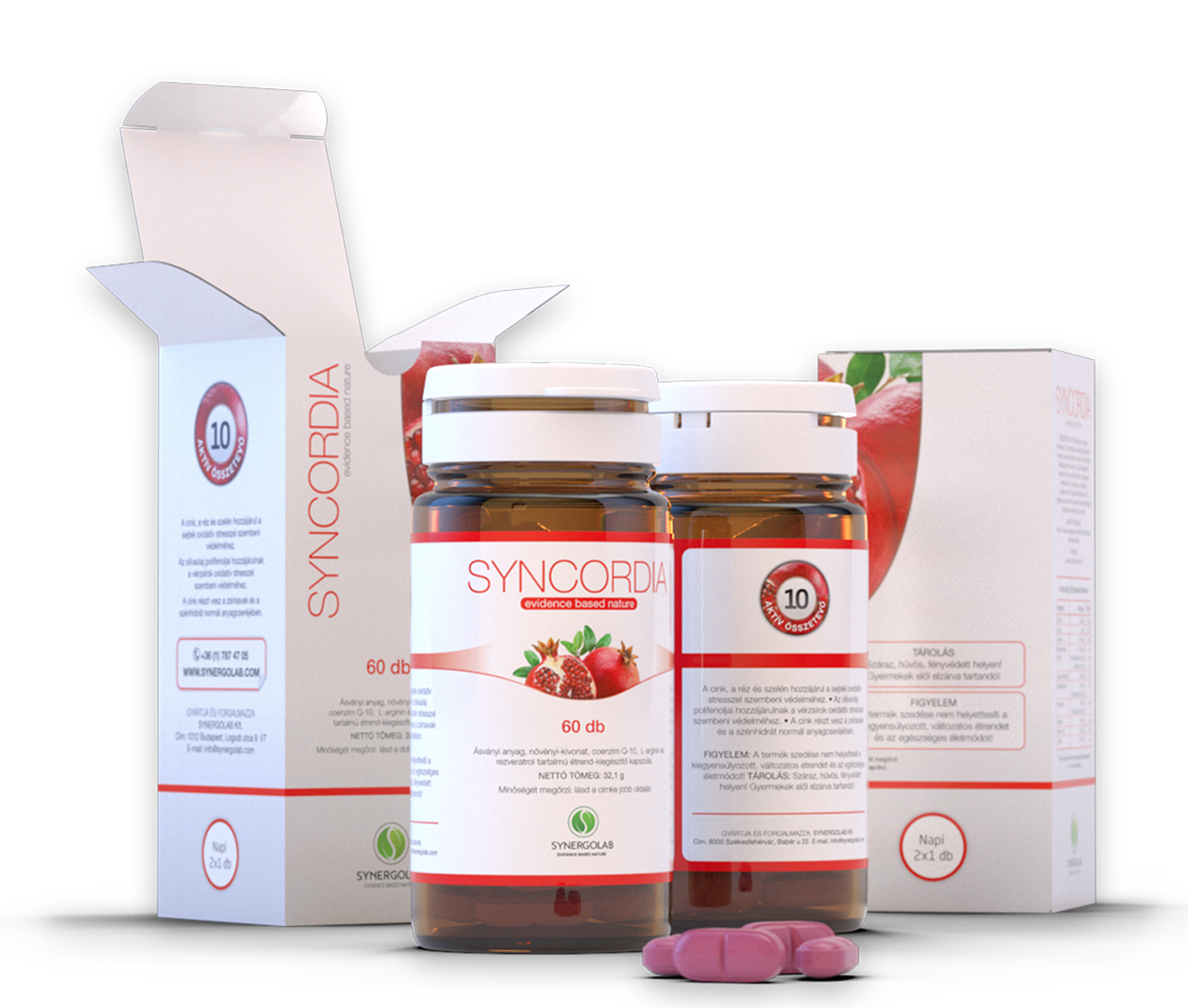
Ingredients
read detailed information about
the ingredients of Syncordia™ below
hydroxytyrosol
LDL oxidation

Olive oil polyphenols help protect blood lipids against oxidative stress. EFSA
Scientists studying the statistics of the prevalence of diseases noted that in Western Asia and the Mediterranean, where people have consumed olives and the oil pressed from them for thousands of years, the incidence of cardiovascular diseases is much less than in areas where their consumption is less regular. This prompted research to identify which compounds were responsible for the positive effect. It was revealed that olive oil contains many active ingredients. It transpired that the polyphenols in olive oil help protect blood lipids against oxidative stress and, of these, hydroxytyrosol has been shown to be the most efficacious.

Oli-Ola™ is a completely natural olive extract produced organically from the fruit of unique ancient olive trees in the southern Mediterranean region. As a result of scientific studies conducted with Oli-Ola™, the European Food Safety Authority (EFSA) has officially declared that ‘a cause and effect relationship has been established between the consumption of olive oil polyphenols (standardised by the content of hydroxytyrosol and its derivatives) and the prevention of oxidative damage to LDL particles’. It has been demonstrated that its hydroxytyrosol content, thanks to its antioxidant activity, is able to prevent the oxidation of LDL-cholesterol (‘bad cholesterol’), thereby increasing the amount of functional HDL-cholesterol (‘good cholesterol’), which, as we know, is a highly important component in the prevention of atherosclerosis.
apple polyphenols
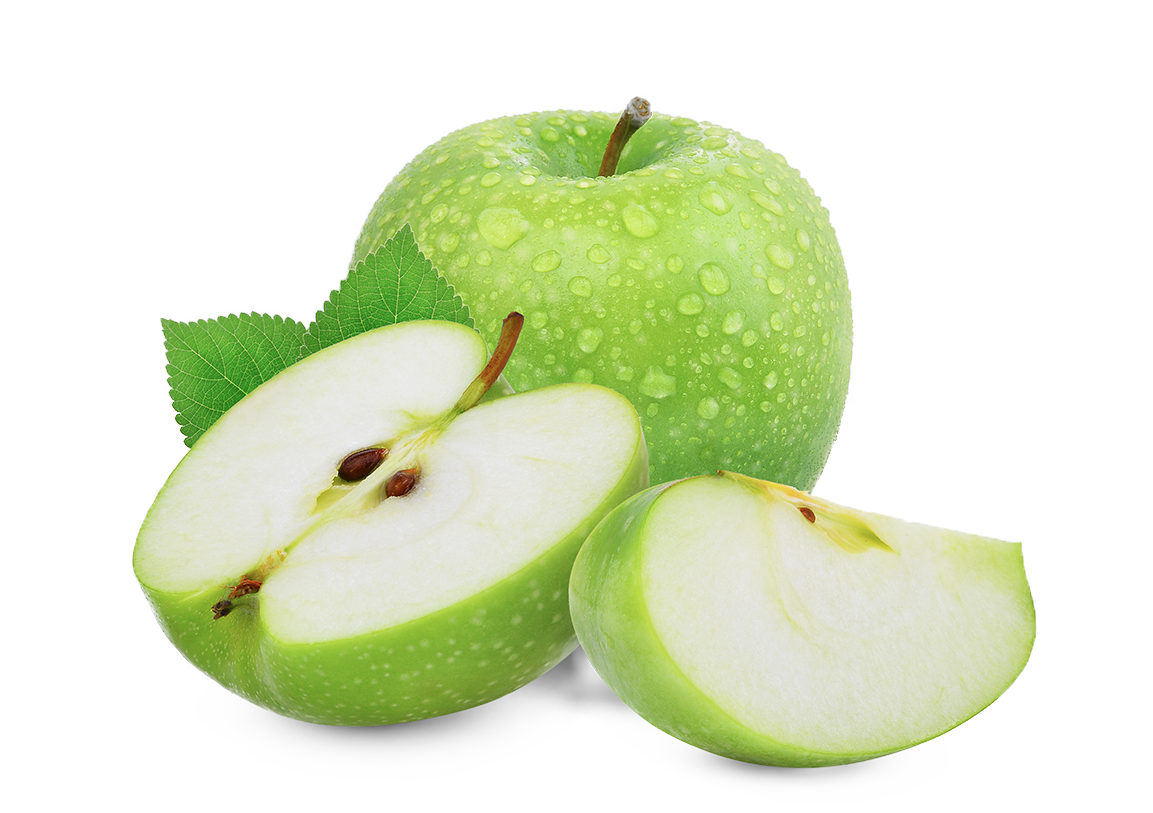
Medical science is showing increasing interest in the importance of phytonutrients.
The term polyphenol covers a highly diverse family of compounds, which can vary greatly in structure, physiological effects and chemical properties. Chemically, they are defined as secondary metabolic products of the plant kingdom that contain at least one phenolic ring to which one or more hydroxyl groups are attached but many other compounds may also be attached. They can only enter the human body through the consumption of plant food. Polyphenols (in aglycone form) are usually produced in response to stress affecting the host. This can include stress caused by UV radiation, pests, oxidative processes, injury and fungi. Polyphenols in foods of plant origin are responsible in many cases for the colours, flavours, bitter or sour tastes and smells, and for preventing harmful oxidation processes.
Interest has been focused on polyphenols since the 1980s when epidemiological studies showed that a diet rich in fruits and vegetables had beneficial physiological effects.
The skin of an apple protects its pulp against various external impacts: from UV radiation, and bacterial and viral infections. This is why nature designed it to store large amounts of different polyphenols in its peel, which have been shown in numerous studies to have strong antioxidant effects.
pomegranate
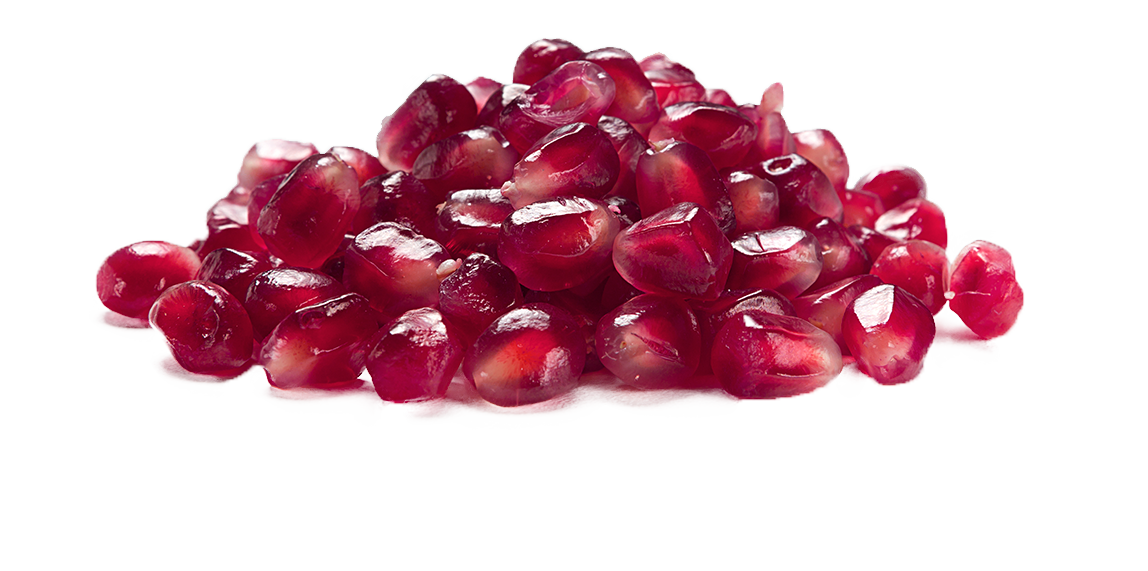
It occurs in western and central Asia and the Mediterranean.
The pomegranate is mentioned in the oldest written records and is believed to have originated in Persia, where it has been grown since the Bronze Age. Today it is widespread throughout the Mediterranean, Southern Europe, the Middle East, South and Central Asia, and North Africa. Science began to investigate the pomegranate for beneficial physiological effects, and it has been found that just 100 g of pomegranate seeds can provide 12% of the daily requirement of vitamin C and 16% of vitamin K. Moreover, it contains vitamins B1, B2, B3, B5, B6, B9, E and K, as well as flavonoids and polyphenols, the most important of which is ellagic acid. This compound is one of the most potent antioxidants. Pomegranate seeds are also an excellent source of dietary fibre and contain unsaturated fatty acids.
resveratrol
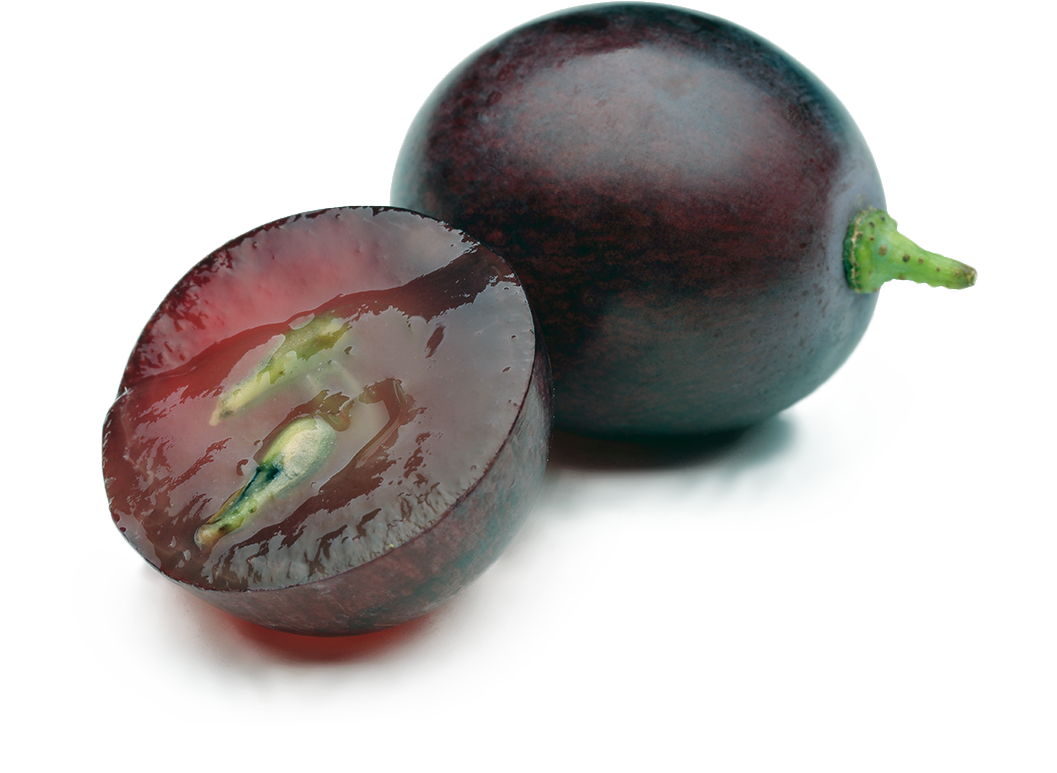
Antioxidant phytoestrogens
On grapevines, resveratrol mainly accumulates due to infection by Botrytis cinerea in the skin tissue of the leaves and in the skin of the fruit, but not in the flesh. Consequently, the resveratrol content of red wines is much higher (1,365-3,326 mg/l) than that of white wines (96-146 mg/l). 1 The presence of the compound in grapes was first observed in 1976, and received greater attention after 1992, when its relatively high concentration detected in red wine was first associated with the so-called ‘French paradox’. The French paradox was how researchers dubbed the surprising finding that the rate of heart attacks in France was about 40% lower than in the rest of Europe and the United States despite the fact that the French have a diet rich in saturated fats. 2
Since then, numerous publications have considered it proven that the phenomenon is at least in part due to the regular, moderate consumption of red wine and the polyphenols it contains (resveratrol, quercetin, malvidin) in addition to alcohol. 3 As the result of tests on resveratrol, the European Food Safety Authority (EFSA) has included in its list the following health claim, which currently has on-hold status: ‘contributes to cardiovascular health’. EFSA 1849

Most probably, the French paradox is part of the reason for the increased scientific interest in resveratrol, in consequence of which publications on the physiological effects of the compound are appearing at an ever faster rate. The now almost unfathomable amount of scientific literature on resveratrol contains descriptions of a wide variety of effects and molecular mechanisms of action. The antioxidant (radical-trapping) effect of the compound is the most intensively studied and documented.
One Hungarian study examined the putative cardioprotective effects of resveratrol in 40 patients who had had a heart attack and one group of whom were given 10 mg of resveratrol in capsule form daily for three months. Resveratrol significantly improved left ventricular diastolic function and endothelial function, lowered blood LDL levels, and prevented certain adverse haemorheological changes from developing. 4
University and medical school publications cited:
1 Simonetti P, Pietta P, Testolin P (1997) Polyphenol Content and Total Antioxidant Potential of Selected Italian Wines. J Agric Food Chem 45: 1152–1155.
2 Renaud S, de Lorgeril M (1992) Wine, alcohol, platelets, and the French paradox for coronary heart disease. Lancet 339: 1523-6.
3 Saiko P, Szakmary A, Jaeger W, Szekeres T (2008) Resveratrol and its analogs: defense against cancer, coronary disease and neurodegenerative maladies or just a fad? Mutat Res 658: 68-94.
4 Magyar K, Halmosi R, Palfi A, Feher G, Czopf L, Fulop A, Battyany I, Sumegi B, Toth K, Szabados E (2012) Cardioprotection by resveratrol: A human clinical trial in patients with stable coronary artery disease. Clin Hemorheol Microcirc 50: 179-87.
coenzyme Q10
cellular respiration

Coenzyme Q10 plays a vital role in the energy production processes of cells
Coenzyme Q10 (ubiquinone, ubidecarenone) is an important antioxidant and a crucial molecule in the mitochondrial energy production process. Coenzyme Q10 levels are reduced in the myocardium, especially in hyperlipidaemia, which adversely affects the ischaemic tolerance of the heart. The use of coenzyme Q10 preparations in subtherapeutic doses as dietary supplements is widespread. The therapeutic dose of the preparations is 100-200 mg per day. 1 Coenzyme Q10 is important for all cells, but especially for energy-intensive cells. Coenzyme Q10 levels decline rapidly after the age of 40. 1

Statins and coenzyme Q10
In the body, the enzyme HMG-CoA reductase catalyses the rate-determining step in the biochemical process of cholesterol synthesis. The advent of statins, which are specific competitive inhibitors of enzyme activity, has revolutionised the medically assisted treatment of diseases accompanied by high cholesterol levels. 2 It has been observed that inhibiting HMG-CoA not only leads to a reduction in cholesterol synthesis. Because cholesterol and coenzyme Q10 are formed from the same precursor, inhibiting the enzyme that is the target of statins can result in a significant reduction in coenzyme Q10 levels. 3
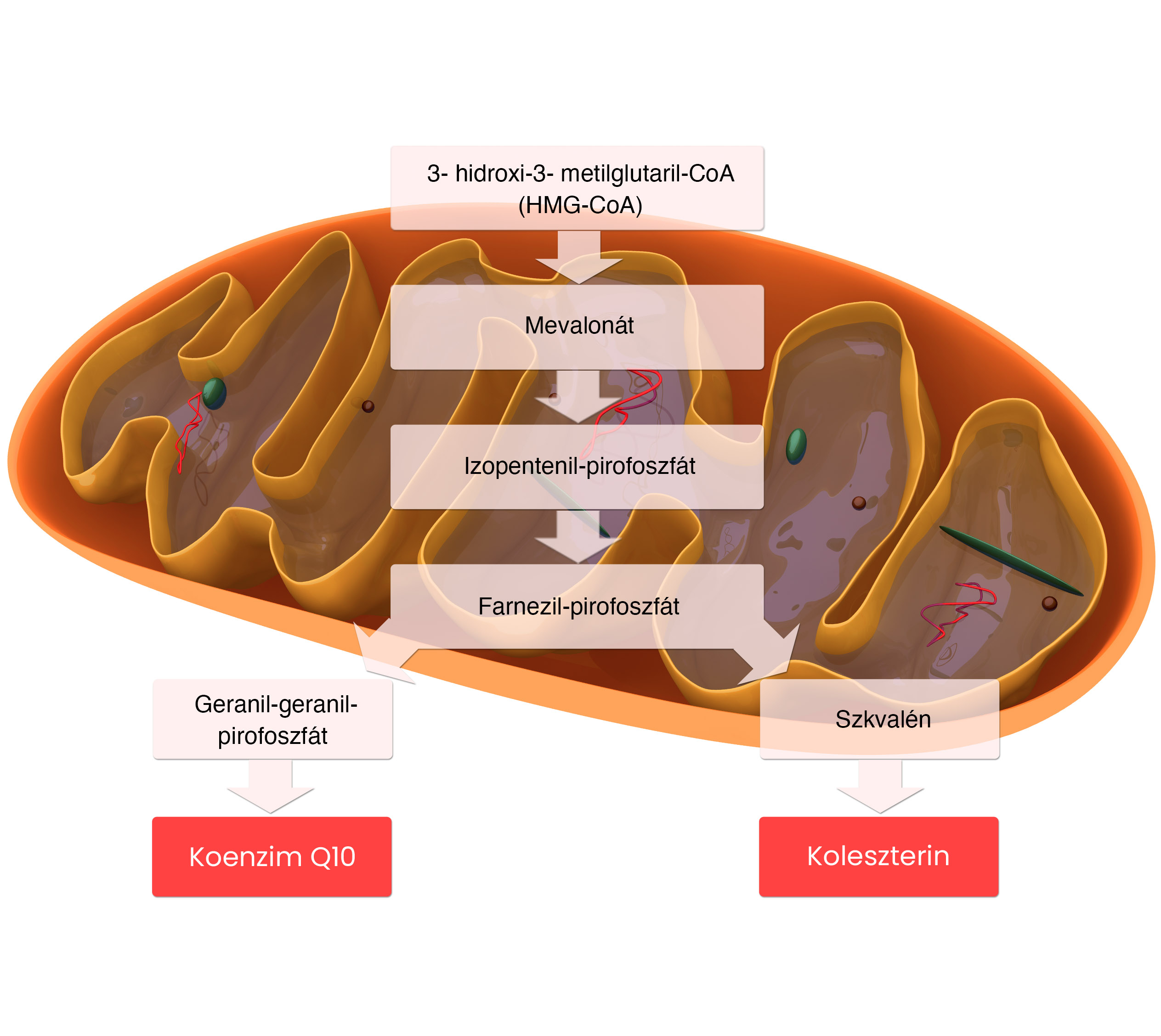
Medical school textbooks cited:
1 Gyires Klára - Fürst Zsuzsanna: A farmakológia alapjai, 2011: 232-246. 258-287., Semmelweis Egyetem
2 Gyires Klára - Fürst Zsuzsanna: A farmakológia alapjai, 2011, III. A szív, az érrendszer és a vese gyógyszertana: 230., Semmelweis Egyetem
3 Semmelweis Egyetem Gyógyszerésztudományok Doktori Iskola Kolloidok a kontrollált farmakon-transzport szabályozására: Süle András, 2009. 25.
L-arginine
the nitrogen donor
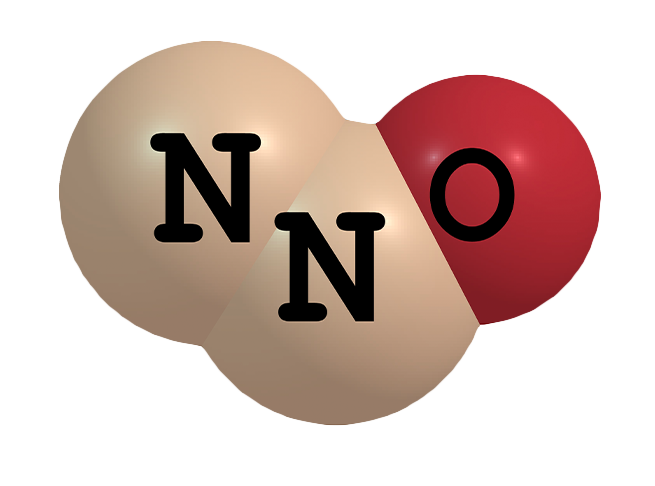
Recognising the role of nitric oxide
Nitric oxide was the 1992 ‘Molecule of the Year’ and its discoverers and those who described its physiological role were awarded the 1998 Nobel Prize for Medicine. L-arginine is a semi-essential amino acid that can only be produced by the body under certain conditions. L-arginine has several beneficial properties as a source material for nitric oxide synthesis. Increasing its level in the body has the effect of stimulating the production of nitric oxide. 1

Nitric oxide is an important vasodilator (widening blood vessels), the synthesis of which allows for a larger volume of blood to flow within the dilated blood vessel walls, thereby enabling increased oxygen, nutrients and fluid to be transported. Decreased production of nitric oxide can lead to impaired endothelial function and, through this, to a number of cardiovascular diseases. A highly important function of endothelial cells is the formation and release of nitric oxide (NO). NO synthase is an enzyme that is constantly present in endothelial cells, which forms NO from L-arginine. 2
Medical school textbooks cited:
1,2 Semmelweis Egyetem, Az orvosi élettan tankönyve, Fonyó, Attila, 2011
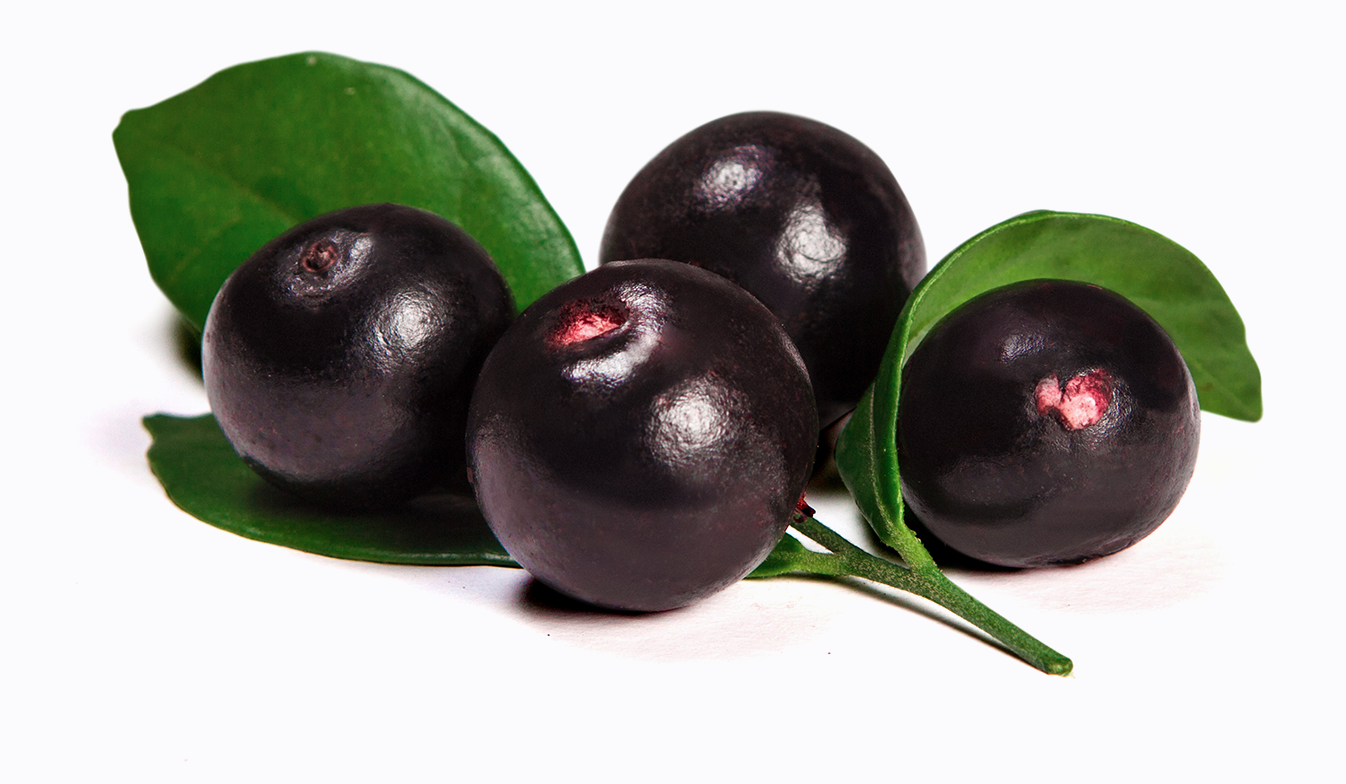
Acai
The acai berry is a blackish purple fruit that grows on a palm tree in the Brazilian Amazon. It has a distinctive, exotic flavour, and has been eaten by the indigenous peoples since ancient times. It has become the subject of scientific interest due to its anthocyanin content, which has an outstanding antioxidant effect.
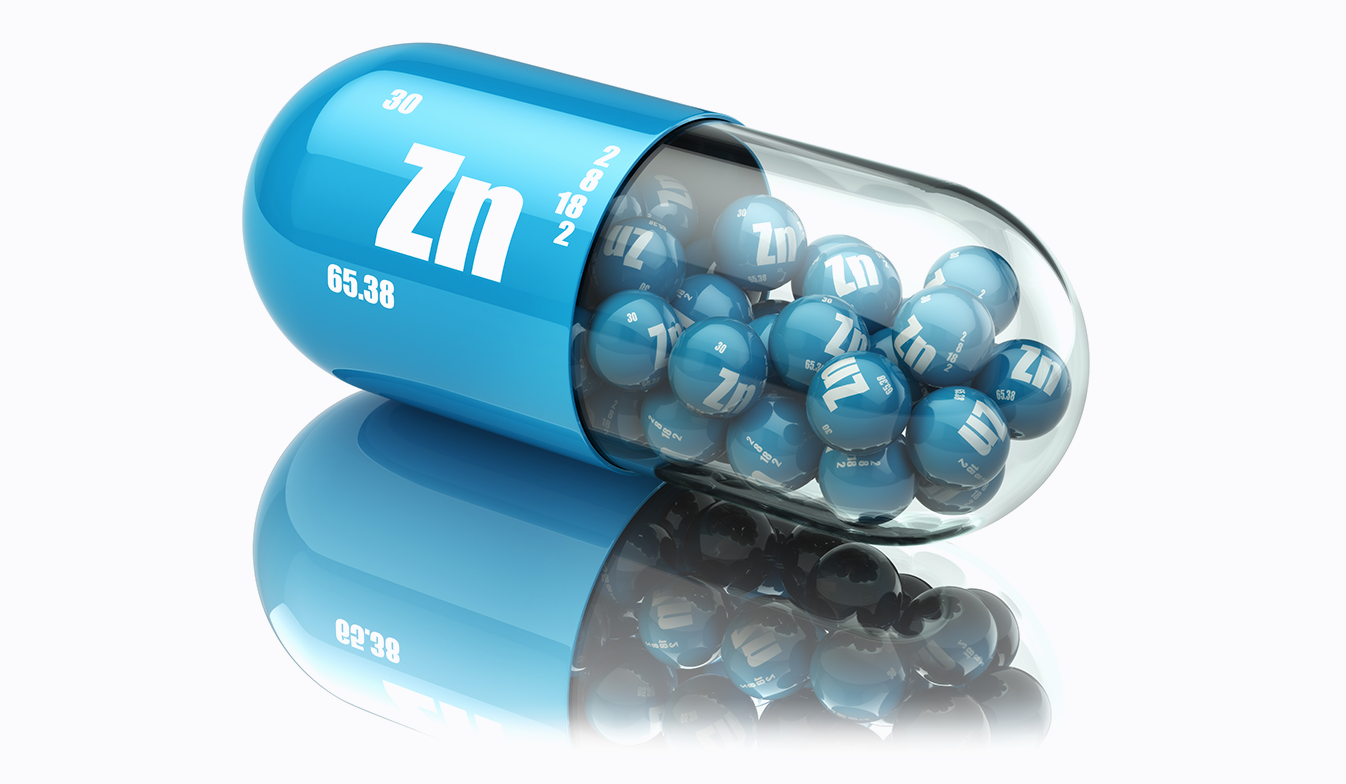
Zinc
Among its numerous other proven effects, zinc has been clearly shown to be involved in the normal metabolism of fatty acids and carbohydrates, and to contribute to the protection of cells from oxidative stress and to the normal functioning of the immune system. EFSA
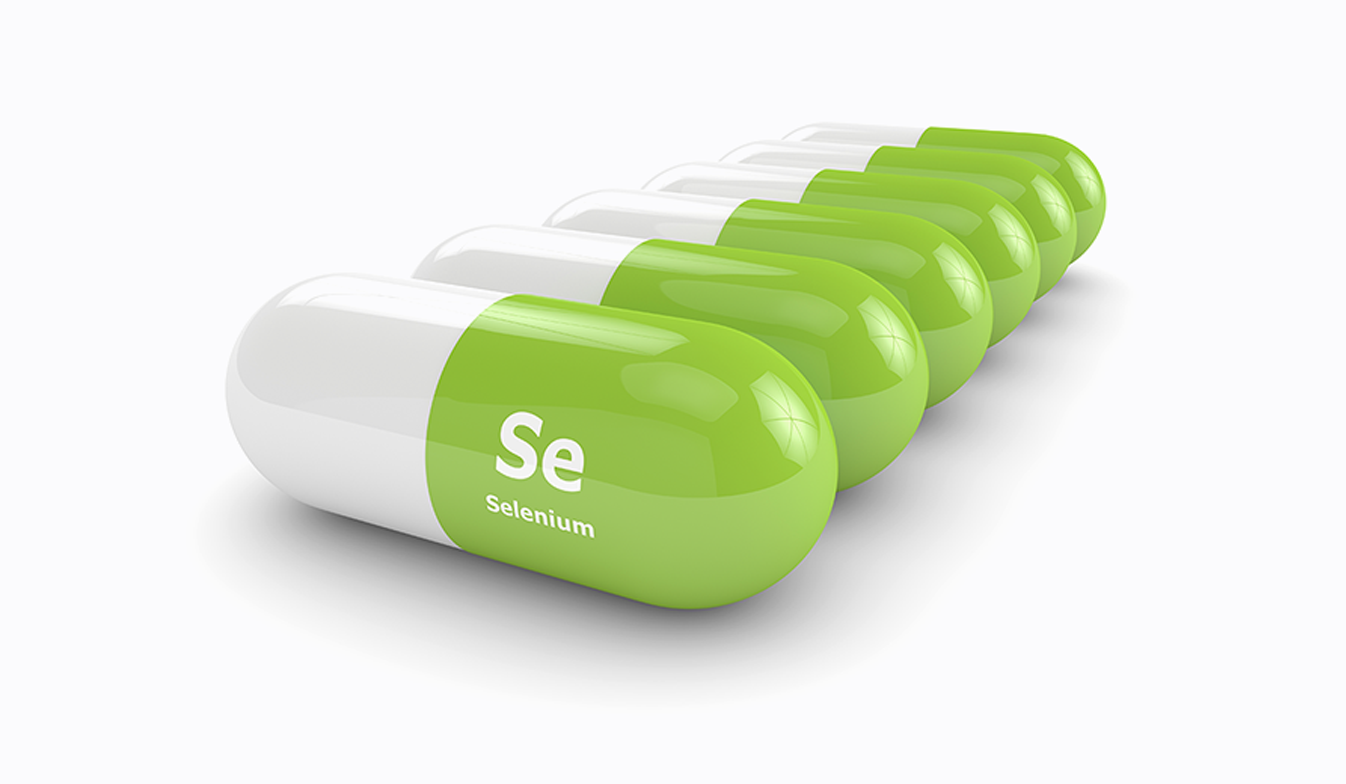
Selenium
This is a constituent of several enzymes, perhaps the most important being glutathione peroxidase, which gives it very significant antioxidant properties. In this way it contributes to the protection of cells against oxidative stress. Selenium, among its many other proven effects, contributes to the normal functioning of the immune system. EFSA
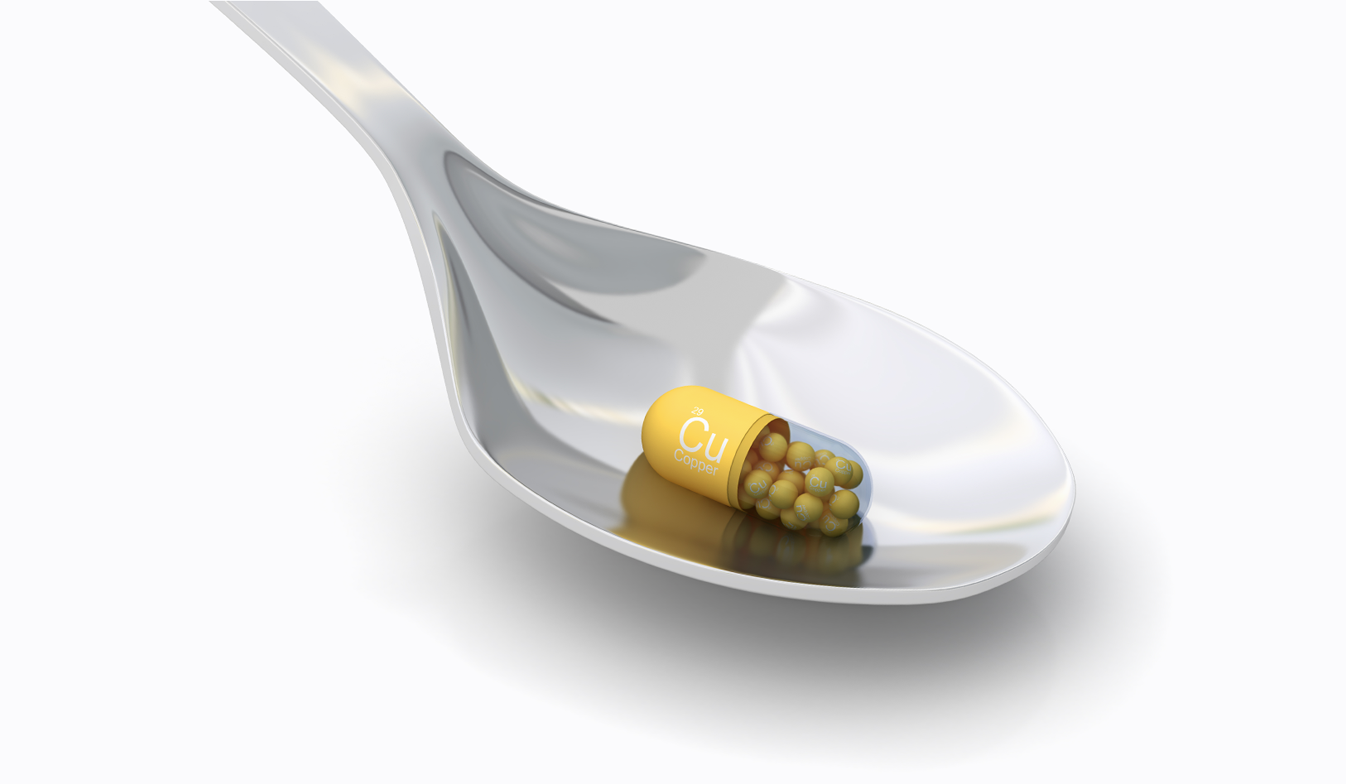
Copper
Like other trace elements, copper is a vital component of various enzymes. Perhaps its most important role is that it contributes to the protection of cells from oxidative stress and to the normal functioning of the immune system. It contributes to normal energy-yielding metabolic processes. EFSA
Copyright © 2022 SynergoLAB Inc. All rights reserved. 1 http://www.phenol-explorer.eu/reports/45
http://wiki.answers.com/Q/What_is_the_weight_of_OLIVE_OIL_per_one_liter?#slide=2
2 http://aok.pte.hu/docs/phd/file/dolgozatok/2011